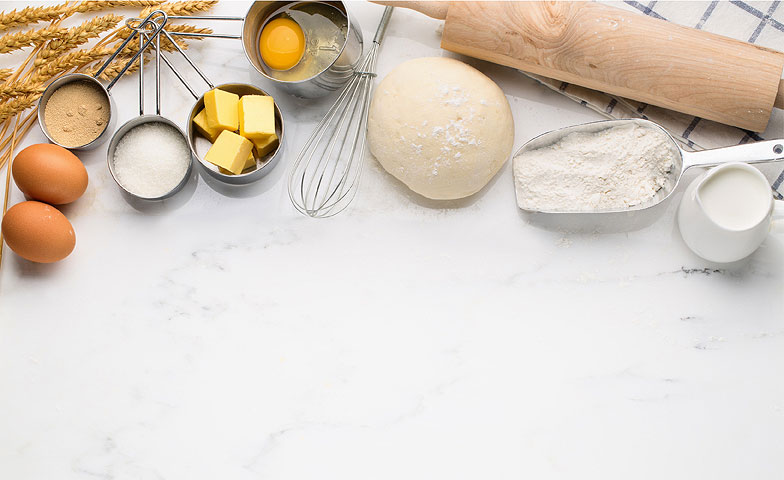How to Keep Middle Grades Students Motivated in the Edu-Kitchen
If you read last week’s moving, marvelously humble post about Mulch, you know that we’ve moved from the letter C to the letter M in the ABCs blog. Before we put the next M word in the cognitive crockpot, let’s use our senses to explore the letter itself and figure out how it marries with the magical middle grades, shall we? The sound of the letter M is perfect from a sonic perspective because it is the sound of wondering, as in “Mmmmm, that’s a good question” and “Mmmmm, that’s an interesting chicken nugget.” As we all know, early adolescence is an amazing age of discovery propelled by curious, quirky, random, exploratory, exploding questions—because it is the wonder years. And we must buckle up for the queries thrown our way and embrace them wholeheartedly! Who needs the mundane question when you can have the magnificent? Who needs the routine query when you can have the remarkable? We need more questions that blow our hair back, make us pause, and cause us to say, “Mmmm, now that’s some kind of question!” And the shape of the letter M is also apropos for early adolescence—because it is the wonder years. Look at the letter M. It’s like a student’s life. They sometimes run right into an emotional/academic/social wall. But then they muster the strength to scale it. And then they stand at the top of the summit, only to slip down into the valley again. But then they gather themselves (with some support, perhaps) and climb and ascend again—to another summit. Finally, they stand at the top of the peak and proudly survey their road ahead, and hopefully realize they are standing on another precarious ledge. The letter M: that’s the shape of early adolescence, for sure. Climb. Fall. And climb again.
Now that we’ve examined M itself, it’s time to tackle another M word that connects to middle level education. Let’s check out Motivation in the critical middle grades. And yes, we could go down the traditional route and discuss the differences between extrinsic and intrinsic motivation. And yes, we could chat about the good and the bad about incentive programs. And yes, we could even wax on about the merits of token economies. But I have an appetite for something more—in fact, I’d like to create a recipe for motivation in the middle grades. Here we go:
- Preheat the oven because motivation is best created and served up in a consistently warm, caring environment. You can’t put a motivational incentive program into a cold, rigid culture and expect it to flourish. But be careful not to crank up the heat too much or you risk burning your students out.
- 1 Cup of Asking. Rather than assuming what will motivate your young adolescents, take some time to ask them what will inspire them to work and try harder.
- 2 Tablespoons of Listening and Collecting. Mix immediately with the cup of Asking because nothing builds a young adolescent’s motivation more than knowing that someone is actually listening to them—and is actually collecting and/or writing down information about who they are, what they need, what they want, etc. The Collecting ingredient can be added through an informal face-to-face conversation or a “What Motivates Me” survey/questionnaire. Be sure to add this ingredient with care—stir in gradually and genuinely. Don’t just pass out the survey and say, “Do this. Because.”
- 2 Tablespoons Family Input. Simultaneously or immediately after you mix in Listening and Collecting with your students, reach out to the families, ask them to contribute to the recipe, and stir in their input. As with students, this can be accomplished through a survey, a questionnaire, and/or a phone call. These home-grown mix-ins not only add local flavor to the motivational recipe, but they also add things students may have forgotten to mention and they increase family engagement and interest in what you’re cooking up!
- 2 Cups Acting. After you’ve done a thorough job of Listening and Collecting and mixed it all together, let it rise for approximately 2 weeks in a warm, stable classroom environment while you take time to discuss the savory data with your interdisciplinary team or grade level. While these conversations are happening, find consistent, authentic ways to act on the things that motivate your students. Let your data help you determine if/when extrinsic rewards are used, what kind, how frequently, and to whom. Bottom line with the Acting ingredient: if you’ve listened and collected but just put their information in a filing cabinet or vegetable crisper, you’re not really using or acting on that vital information. That’s a demotivator for any student.
- Passionately yet carefully pour all ingredients into a firm, flexible glass pan (for transparency) and place into the warm, preheated oven in your edu-kitchen.
- Watch, monitor, and check in to make sure that the baking process is happening in a balanced, even way. Work with other team members to ensure that all students’ motivational needs are being met. This will also require time to check in, look at the data, and make the necessary adjustments to the recipe, to the oven temperature, and to the expectations.
- Throughout the school year, serve up the warm motivational baked goods for each and every student with grace, passion, joy, humor, and care!
So what would your motivational recipe look like for the critical middle grades? Are your students eager and hungry about school—or have they lost their appetite?
